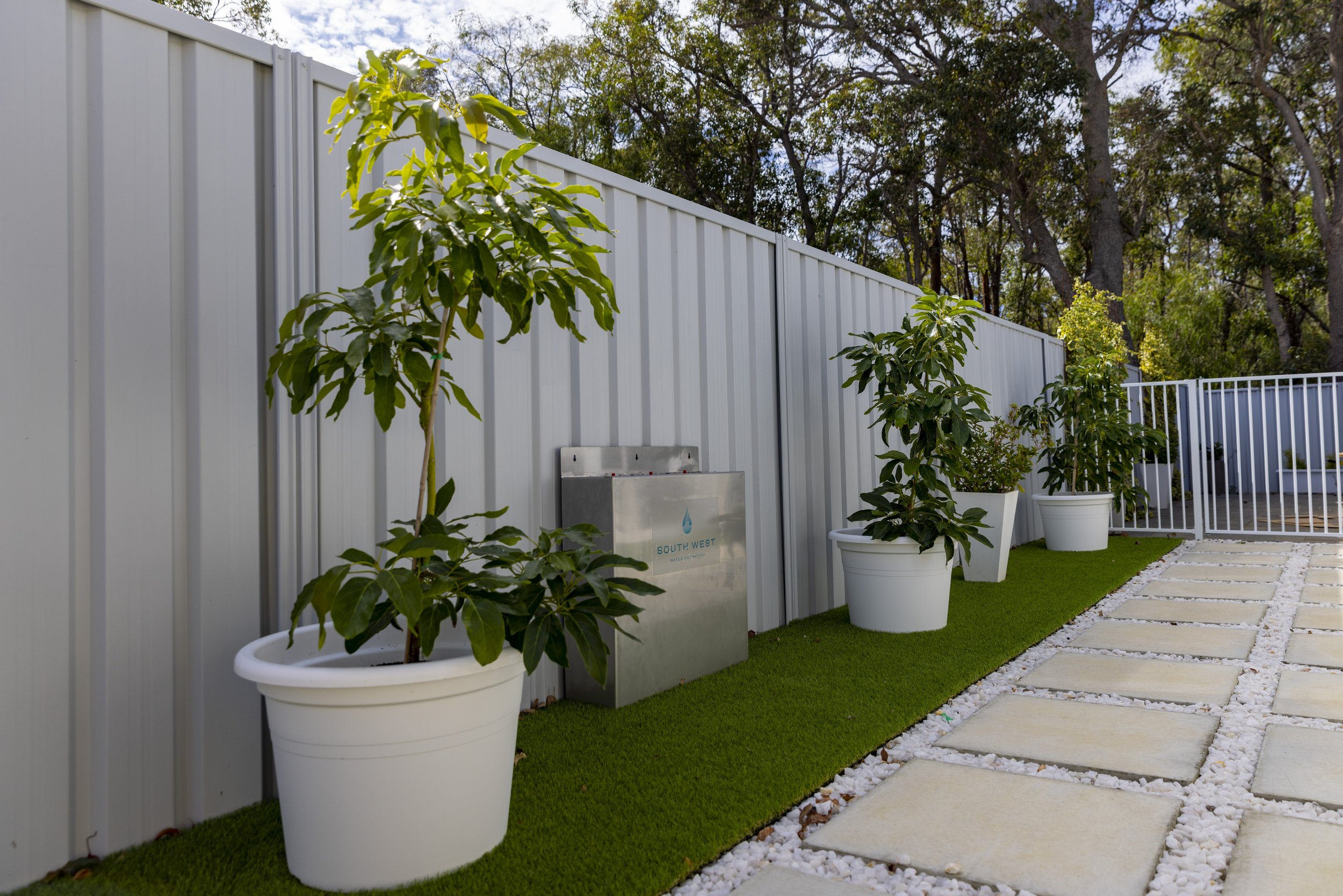
WHAT IS A REVERSE OSMOSIS FILTRATION SYSTEM?
RO FILTRATION SYSTEMS
Reverse osmosis (RO) systems are highly effective water filtration systems that use a semipermeable membrane to remove impurities from water. They can filter out a wide range of contaminants, including fluoride, chlorine, lead, arsenic, and nitrates, along with other dissolved solids and harmful substances. By pushing water through the fine membrane, RO systems ensure that you’re left with clean, pure water that’s safe and refreshing to drink.
Check out our variety of RO systems below.
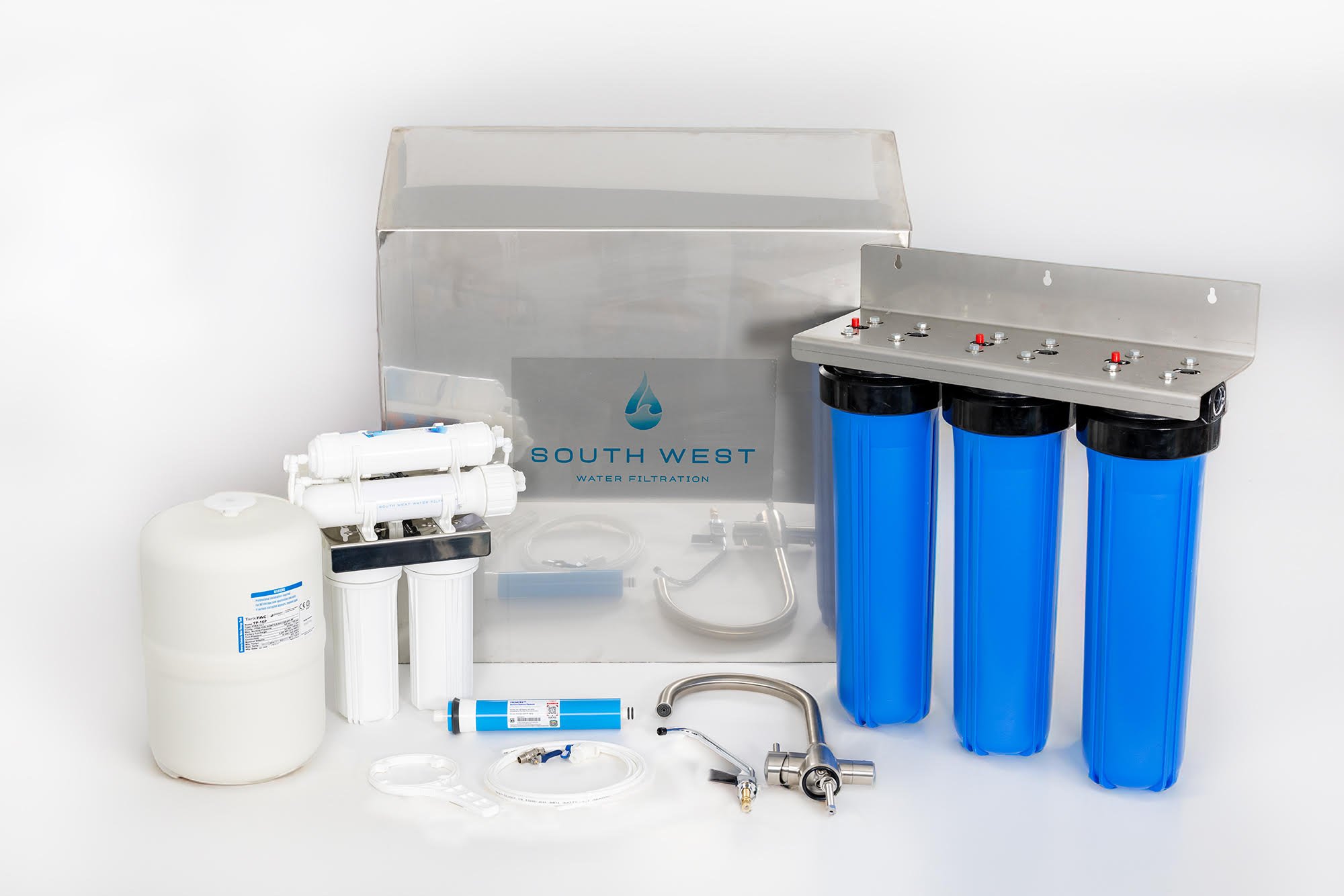
Premium RO System
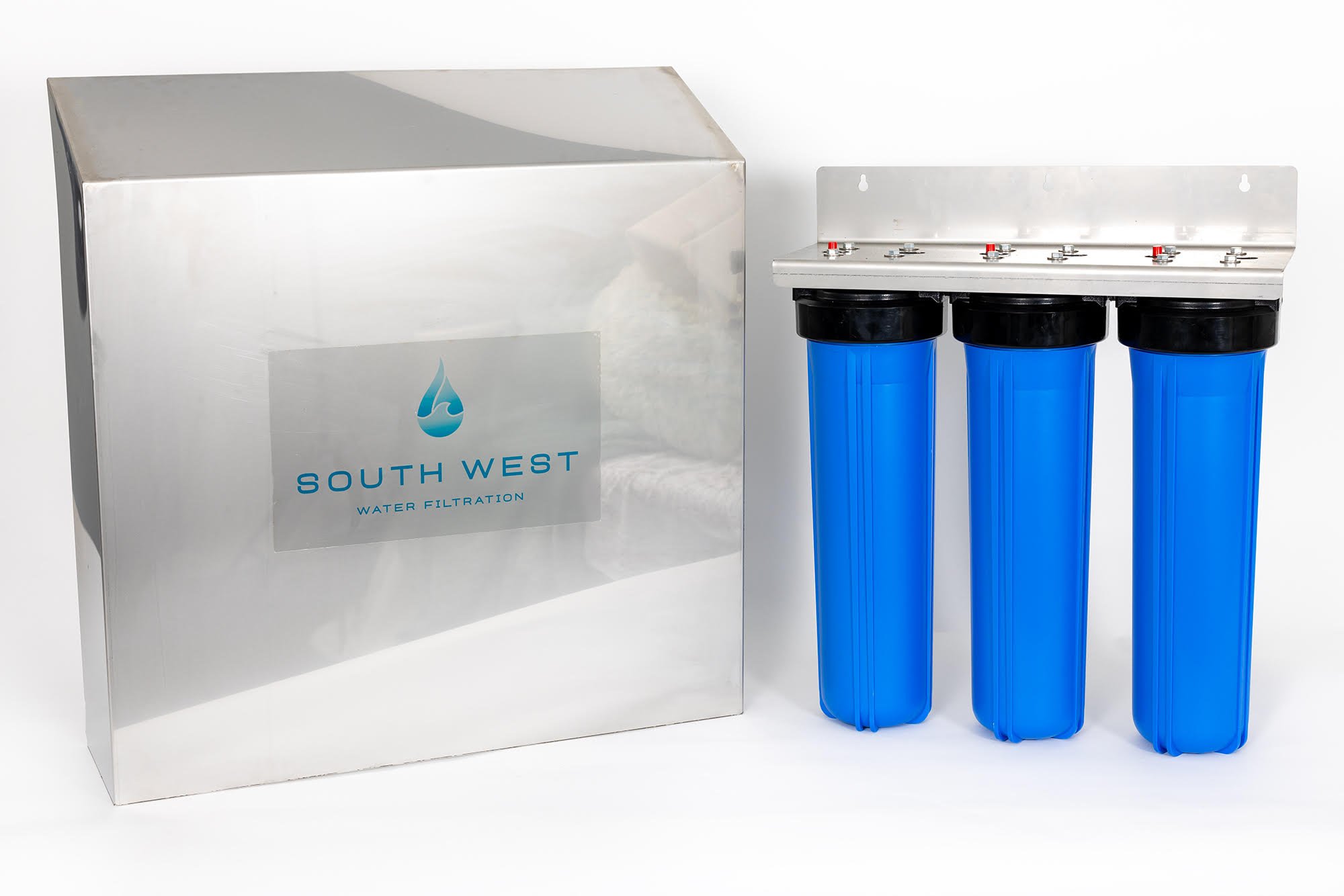
Complete Home Filter
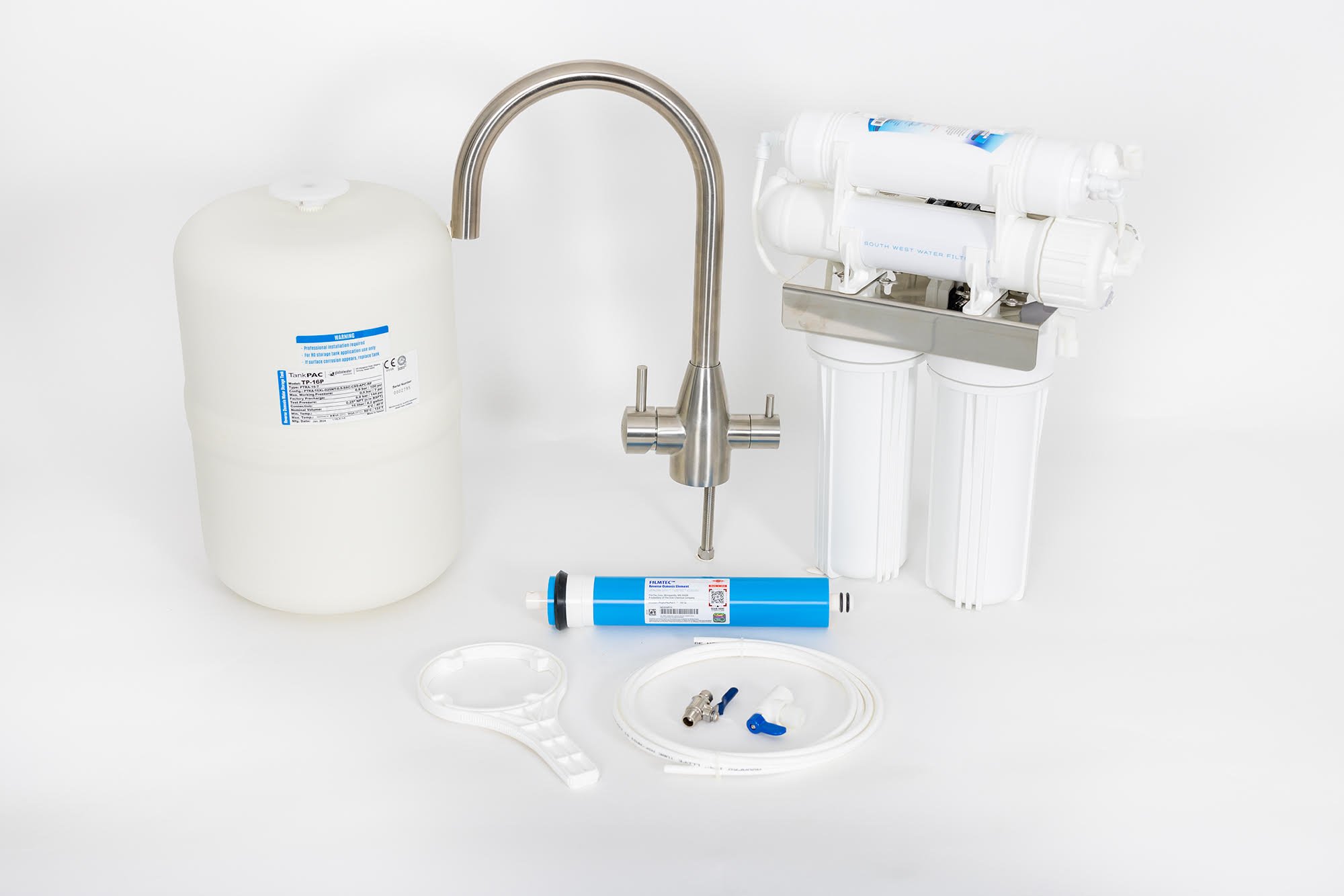
RO System with 3-Way Mixer
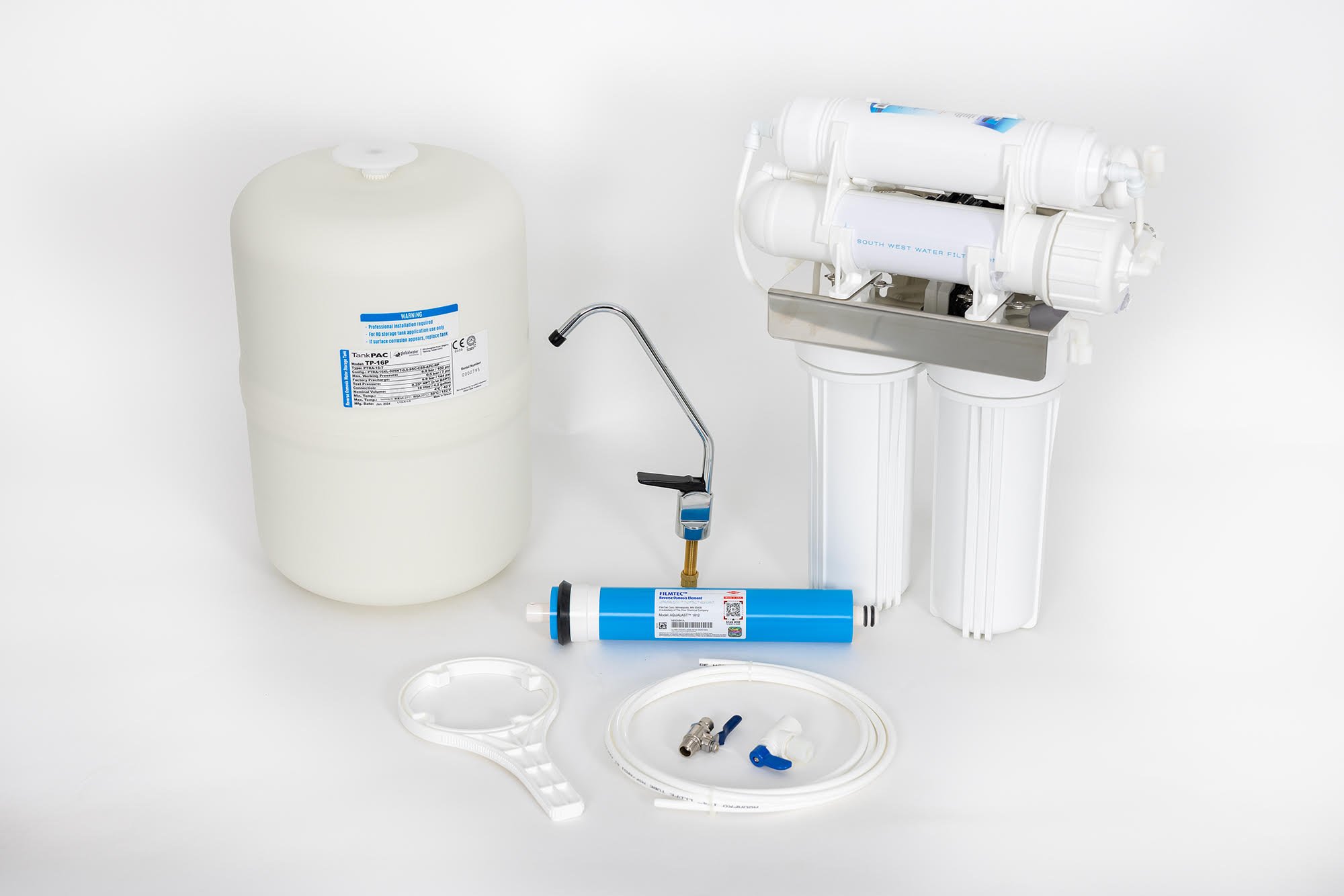
RO System
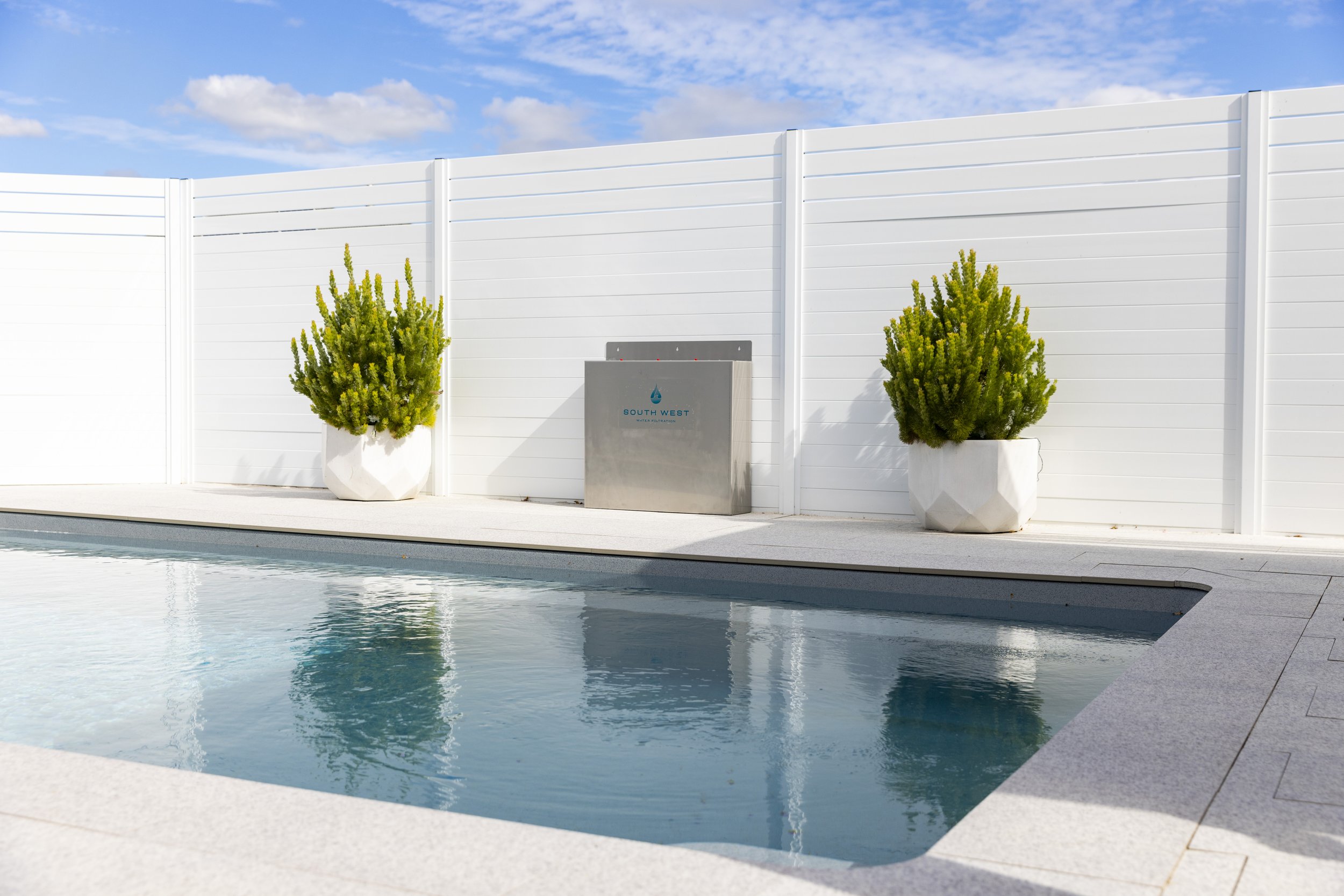
REPLACE THE MINERALS IN YOUR WATER
ALKALINE REMINERALISERS
Alkaline remineralisers are a great addition to your water filtration system because they restore essential minerals that are often removed during the filtration process. While reverse osmosis and other filters can strip water of impurities, they can also remove beneficial minerals like calcium and magnesium. An alkaline remineraliser reintroduces these important minerals, balancing the pH of your water and enhancing its taste.
Additionally, drinking mineral-rich, alkaline water can support overall health by helping to maintain optimal body function and hydration levels.
premium alkaline remineralisers
5 Stage Alkaline Undersink RO Water Filter System
The 5-Stage Alkaline Undersink RO system has been designed to suit the needs of customers looking for a high-quality, value-for-money filter. This setup features a sediment and carbon pre-filter (to remove particulate matter, chemicals, tastes & odours), a highly efficient 8-litre-per-hour-capable RO membrane (to reduce heavy metals, fluorides, and salts by up to 98%), and Magnesium & Coconut Carbon post-filters (to provide sweet-tasting drinking water with an alkaline pH of 8-9).
-
This should be replaced every 6 months.
The first stage is a 5 Micron (uM) Sediment filter composed of 100% melt-blown polypropylene fibre. This cartridge helps to help protect the carbon pre-filters and reverse osmosis membrane from physical damage caused by particulate matter such as sand, dirt, silt, plant spores, and pollen. Physical contaminants such as these (which can surprisingly be found in most municipal water supplies), tend to clog up filter system components causing reduced water flow, lower osmotic pressure, diminished filtration efficiency, and ultimately, inferior water quality.
-
This should be replaced every 6 months.
The second stage is a high-grade activated coconut carbon block pre-filter. The carbon block matrix enables maximum surface area and contact time, taking the first hit to adsorb chemicals such as Chlorine (which causes damage to the membrane), along with other harmful organic chemicals and contaminants. Keeping up with regular maintenance of this pre-filter (changing it every 6 months) is crucial to protecting and extending the life of all filters that come after it.
-
This should be replaced every 1-3 years depending on water quality.
The RO membrane is the "engine room" of your RO system. All the crucial work is done here, so all the filters before the membrane are primarily there to protect the membrane. This membrane has a 0.0001 Micron rating and can produce up to 190 Litres (50 Gallons) of water per day.
-
This should be replaced every 12 months.
This filter is made up of pure Magnesium Oxide mineral media, which provides the highest adsorption of mineral content into the water over a 12-month period. The pH ranges from 9.5 (while new) and slowly decreases to around pH 8 toward the end of the filter's life. Imparts a slight "mineral" flavour into the water.
-
This should be replaced every 12 months.
This filter ensures the maximum extraction of tastes and odours, whilst imparting annaturally "sweet" flavour into the water.





